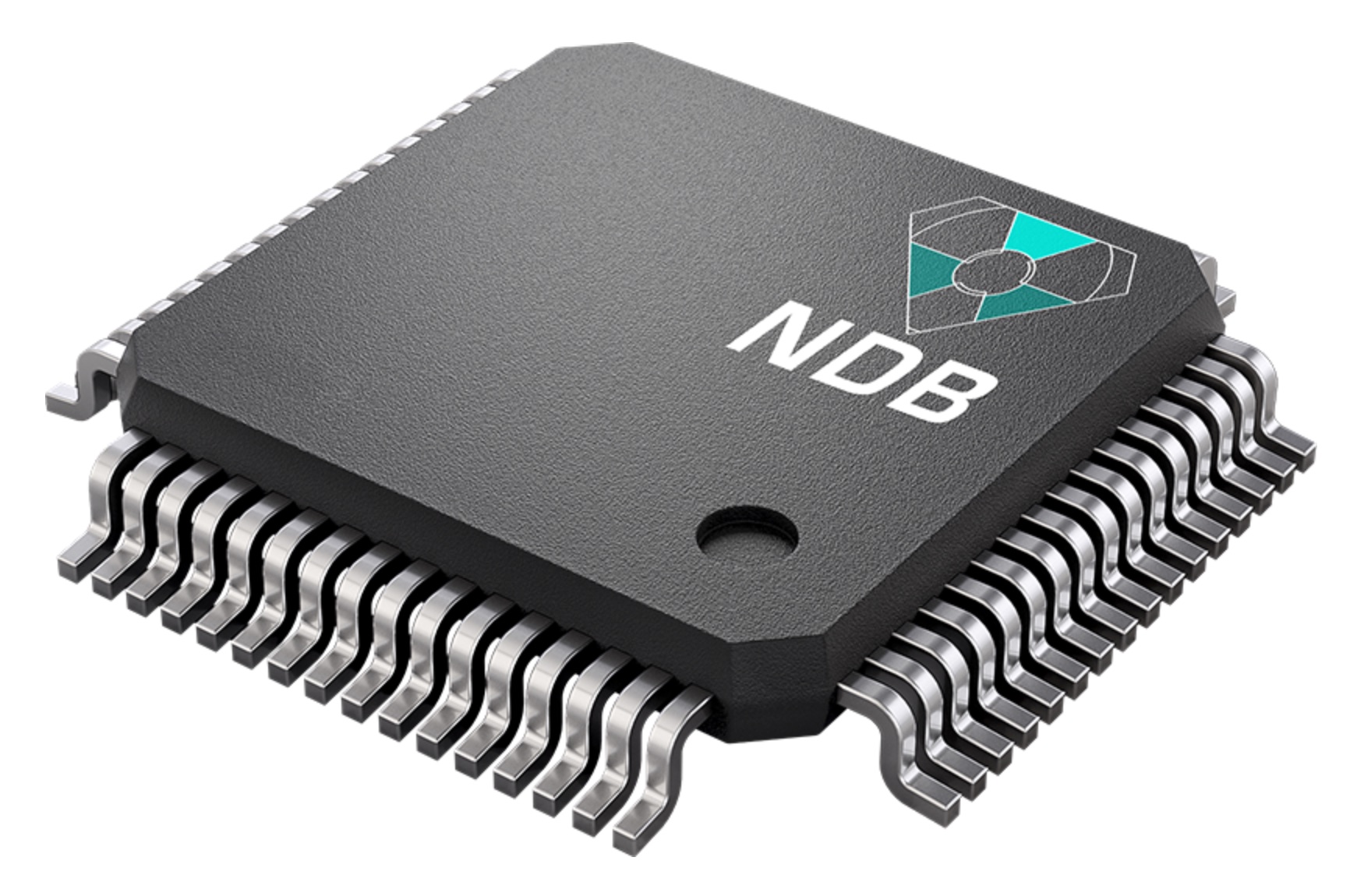OK, after my coffee, I did a calculation about this. While I thought the micropower application was plausible, they also said they would build them into EVs, which seemed a little BS-ey to me.... let's go!
So, I computed the Specific Power of a C14 energy source.
The half life of 5700 years means that 3.83 e -12 of the atoms decay per second. And each releases 156 keV of energy. Converting this to energy per kg I get
4.09 Watts/kg of C14.
If we assume the energy of the beta ray can get converted to electricity at about 25% efficiency (betavoltaic and photovoltaic systems are similar in operation and efficiency limits) this is 1 Watt/kg of useable power.
So that 100 microwatt NDB in the link, would require roughly 100 mg of C14 nanodiamonds and a small silicon betavoltaic converter. While I suspect that this power source could last for decades, if not centuries....I doubt that it would function for anything like the 5700 year half life of the C14. The nanodiamonds would amorphize as their atoms turned to nitrogen, which would also (I'd guess) change their optical properties. The betavoltaic junction would also have a lifespan like a PV panel....it could be engineered to work for centuries perhaps....but I don't know.
As for EVs, well the specific power of Li-ion batteries is several hundred times higher than this. A 400 kg battery in the GM Bolt can easily produce 100 kW, which is 250 W/kg. Replacing the it with 400 kg of C14 would drop its power to 400 W or so.
So, what if we paired a future 200 kg Liion battery with the present energy/power abilities of the Bolt battery, and 200 kg of C14 making 200W. The car would be able to self charge by 24h*0.2 = 5 kWh per day, or 20 miles per day! It could fully charge itself from empty in a week.
But somehow I doubt that in a future of dirt cheap grid delivered renewable energy, this self charging capability would be worth the cost of 200 kg of isotopically separated nuclear waste converted by CVD into nanodiamonds. Really. LOL. What is the cost per kg??
Part 2:
What about our friend, the Tritium atom?
To convert it to a lightweight solid, it would be reacted with Lithium, to make Lithium Tritide, or LT, a soft, grey salt-like solid with low flammability. and a molecular weight of 9. The mean lifetime of Tritium is only 18 years, 400X shorter than C14, while the beta ray has only one tenth the energy, so the specific power should be ~40X higher.
Computing the heat power for 1 kg of LT, I get: 227 W/kg. Again assuming 25% (theoretical) conversion eff I get 56 W/kg!
The decay product is He3, which is non-radioactive and inert, just like N14. It would diffuse out of the LT and could be slowly vented to the atmosphere. If the LT were enclosed by a O2 impermeable membrane, you would be left with lithium metal after the battery was spent, that could be readily recycled. Tritium production is done my neutron bombardment of Lithium, and does not require isotopic separation like C14.
So, my tritium powered bolt with 200 kg of LT and a (future) 200 kg battery with the current energy/power specs, would have 200*56/1000 = 11.3 kW of continuous onboard nuclear electrical power! Which would be enough (just) to cruise at highway speeds, 24/7, without stopping, for a couple decades. LOL. You would probably want to cruise, rather than park it in your garage, bc it would also be dumping 3X that much heat all the time....34 kW. Of course, if you had a Mansion in New England you could keep the place heated in the winter with the extra 116 kBTU/hr. Frugal.
Haha....realistically, 60 mph for 24 hours is 1440 miles per day. Most people would be happy with 200 mi/day self charging, which would only require one seventh the amount, of 30 kg of LT (containing 10 kg of Tritium). This would also cut the standby heat down to a more manageable 5 kW.
Whats the rub? Well the cost is one. The current retail price for Tritium is $30,000/gm (yes, you can buy tritium), meaning that our sweet tritium powered Bolt would cost $300M. While I'm sure that mass production of T would knock a zero or two off that price, I sadly, don't think it would ever be practical.

 newatlas.com
newatlas.com

 techcrunch.com
techcrunch.com




